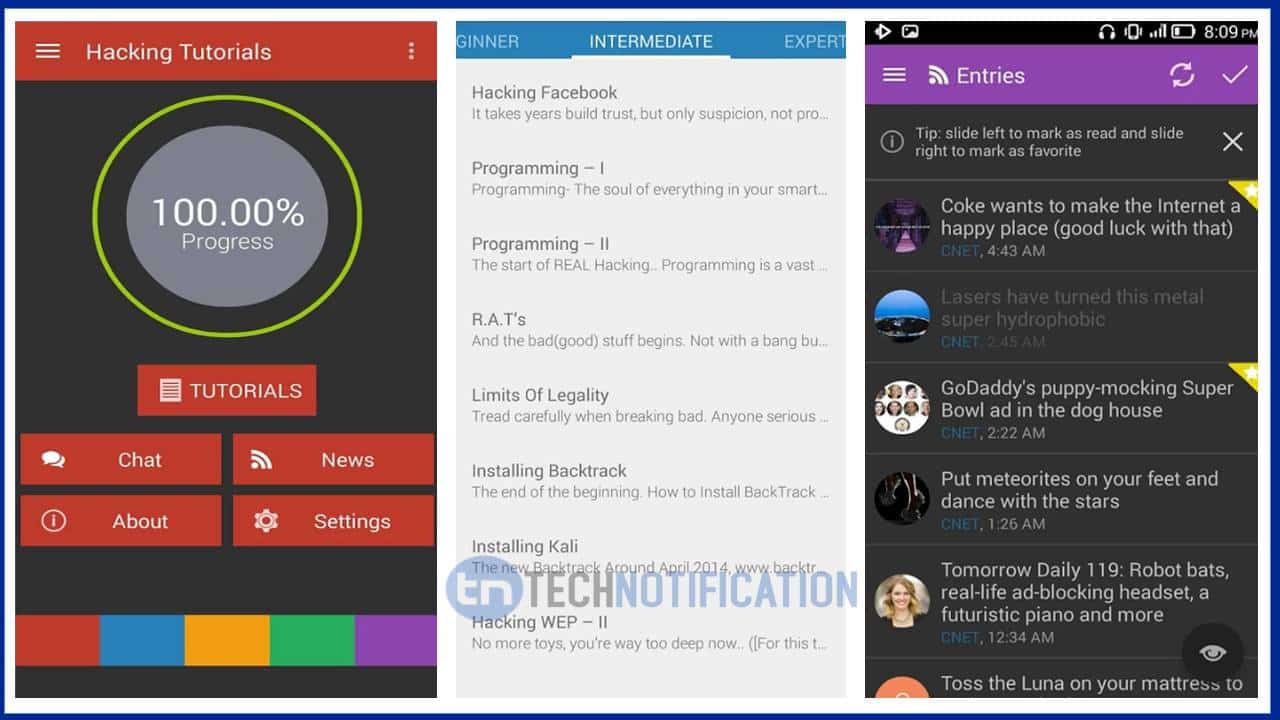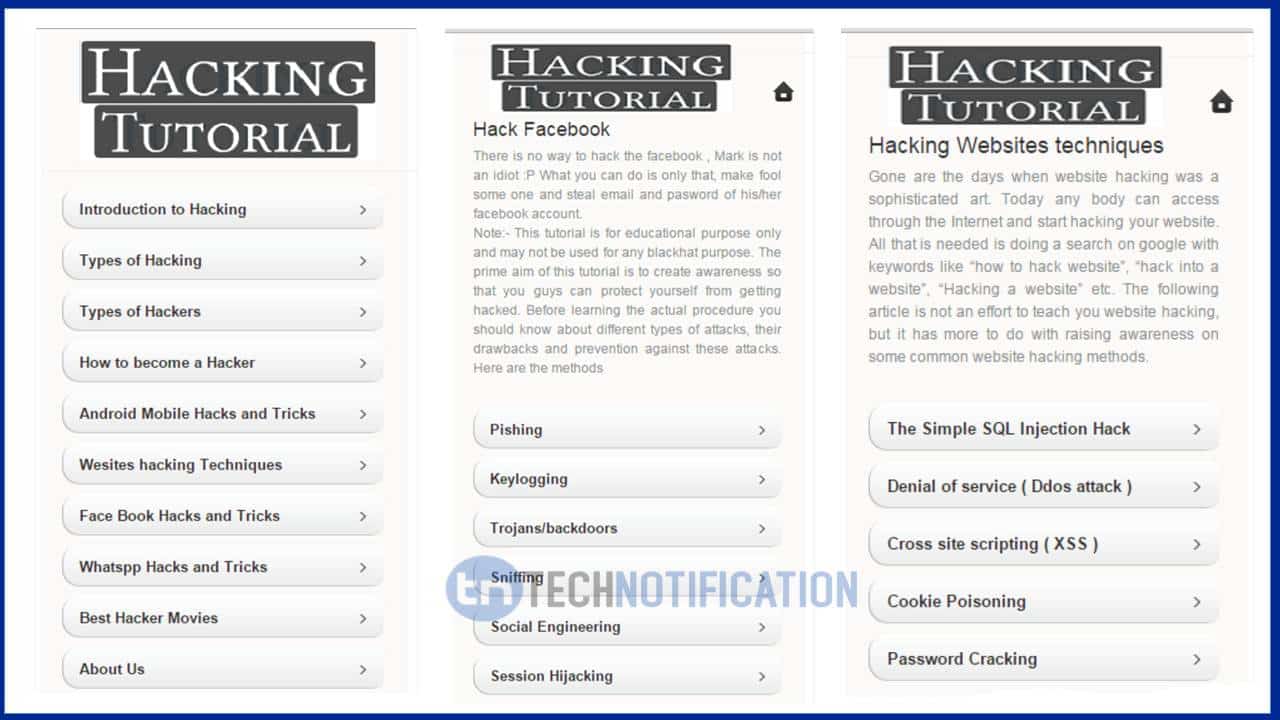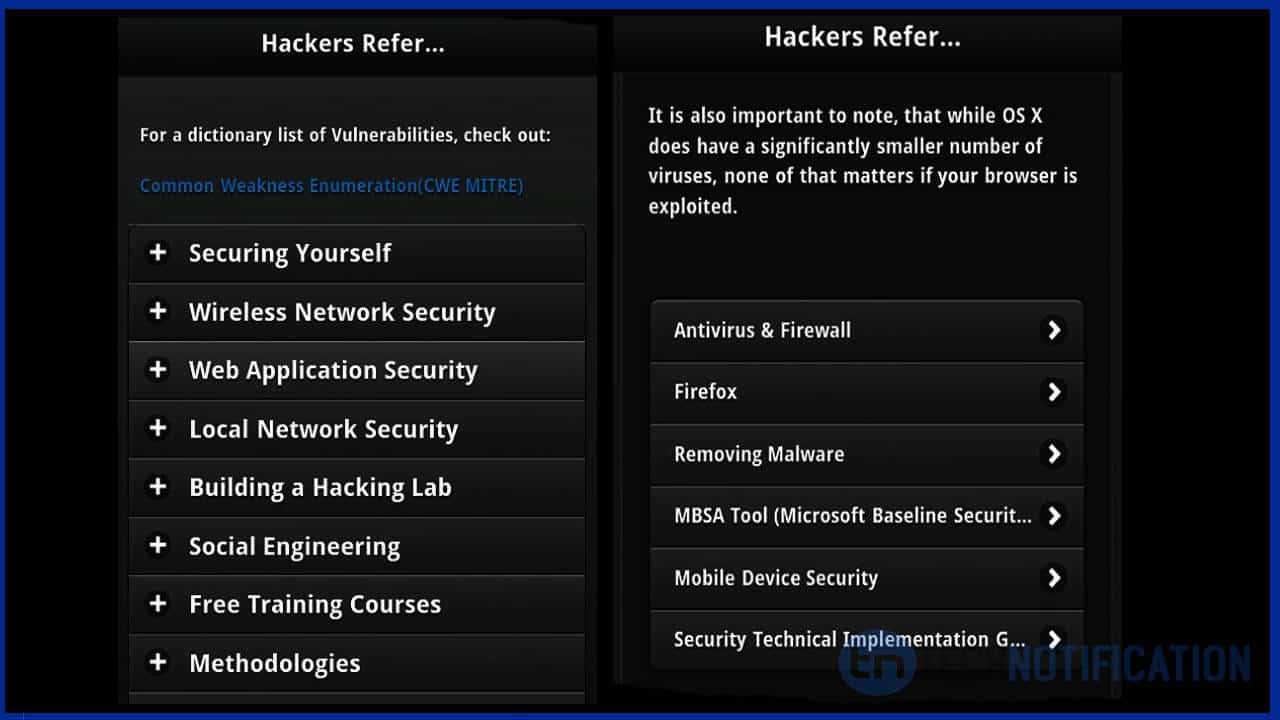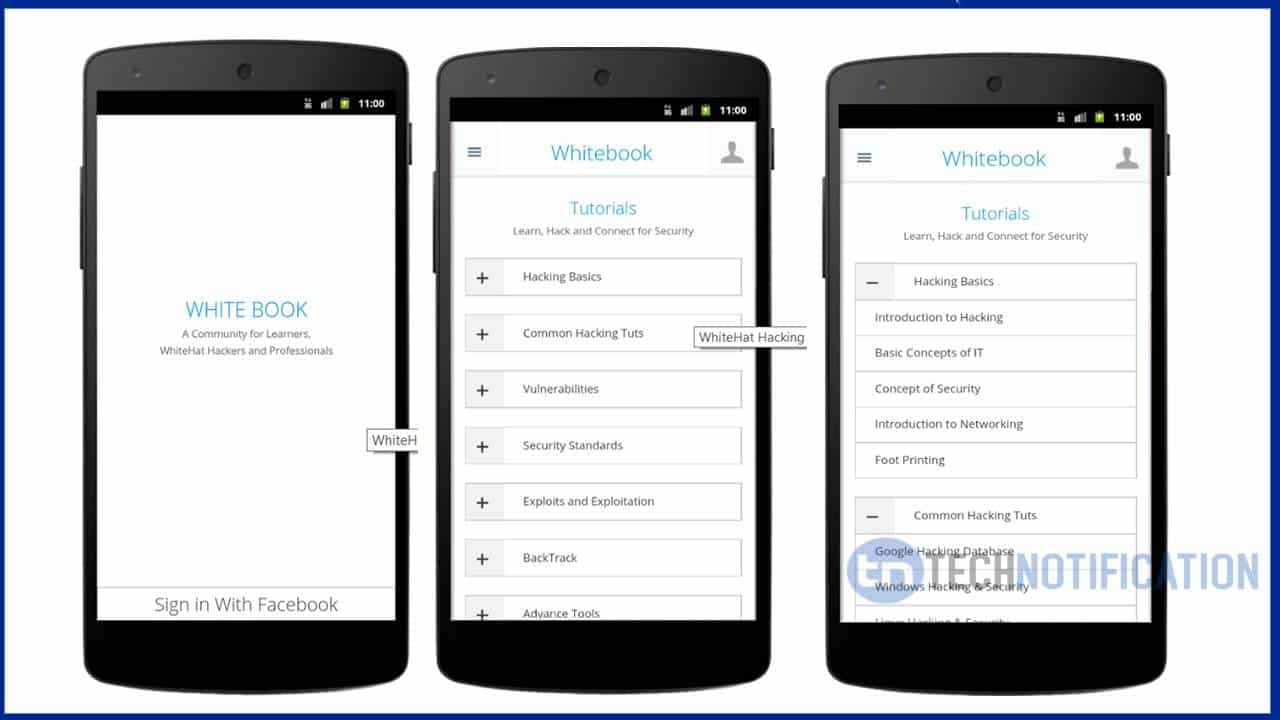Are you aware of Sarahah? If not, then go on your social media platform and look for the Sarahah. If you go through your timelines, then you will see the various posts from your friends, where they post the good and bad messages on their timelines. So, if you are still wondering from where those posts are coming from, then we will help you to dig deeper into Sarahah.
Sarahah is the free app which is available on the Android and iOS platform with over 5 million downloads in just two months of time. This mobile app is in trend presently, and it is liked by many of the users. Sarahah, means “frankly” or “expressly” in the Arabic language, the basic use of this app is to exchange the messages. Now, you might wonder that there are so many messaging apps, what is so unique about this app, and then this app allows you to exchange the messages without letting your identity revealed.
The concept of exchanging your messages to the anonymous users has become so famous that people think that they can speak their heart out through this app. You cannot trace the identity of the sender as there are no traces available of the sender.
The motive of this app is to let yourself know that how much open you are for the feedbacks and how well you can take it in a constructive manner. Also, there is no option available to reply to the message, which makes it difficult to trace the identity of the sender.
\\So, it is the full proof way to let your hearts out, without dealing
with the responses. So, Sarahah allows you to speak anything from your
heart out to the receiver, and your identity will not be revealed. But,
there are other scenarios which world is turning their eye.The app developer says “You can’t respond to messages now. We are studying this option,”
So, what if they are planning to add the feature where the identity of the user is revealed, or the reply option is added which will become useful for the receiver to trace the identity of the sender.But if you clearly remember the setup, then while registering for this app it takes your email address. So, now the only evidence is to link a message back with the email address of the sender. If the app developer decides to share the user’s identity, then it will become the chaos among the users, especially for the users who are using this platform to bully others.
Finally, if the app developers decide that they are going to share the identity of the user, then they have full right to do so. As, they have mentioned on their FAQ page, that they have full right to disclose the identity of the sender. For more queries you can comment us below...
So, what if they are planning to add the feature where the identity of the user is revealed, or the reply option is added which will become useful for the receiver to trace the identity of the sender.But if you clearly remember the setup, then while registering for this app it takes your email address. So, now the only evidence is to link a message back with the email address of the sender. If the app developer decides to share the user’s identity, then it will become the chaos among the users, especially for the users who are using this platform to bully others.
Finally, if the app developers decide that they are going to share the identity of the user, then they have full right to do so. As, they have mentioned on their FAQ page, that they have full right to disclose the identity of the sender. For more queries you can comment us below...
















